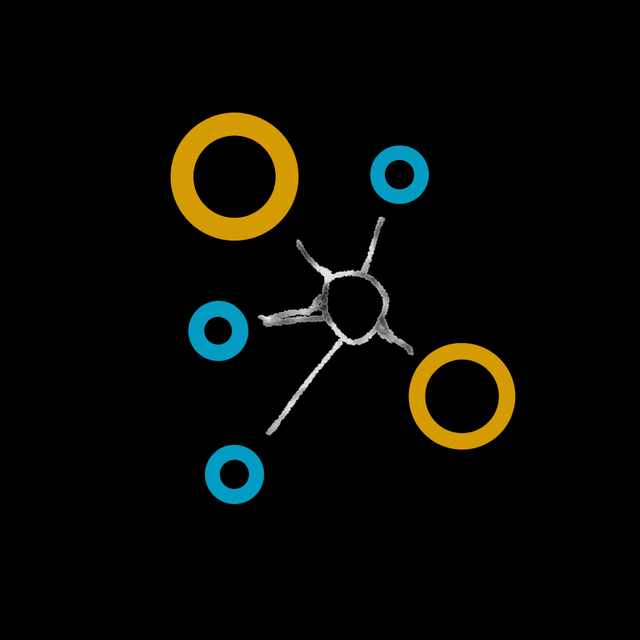SISTEM OTOMATISASI PEMANAS AIR MENGGUNAKAN SENSOR DHT11 BERBASIS ARDUINO UNO
##plugins.themes.academic_pro.article.main##
Abstract
Heat water is part of our needs in our daily life. With its variety of uses, a tool is needed to heat the water. In this study, a system will be designed so that the heat water can turn off automatically whenever the water is boiling. The methods used will include literacy studies from previous research journals, component selection based on literacy studies, and system design. The results obtained will be in the form of division of experimental water based on the set of temperature points on programming as a benchmark. From the experimental data, it can be concluded that the relationship between the amount of water and the temperature value for the set point in the programming will affect the water produced at the end of the experiment greatly. The more the amount of water, the higher the set point must be given.
##plugins.themes.academic_pro.article.details##

This work is licensed under a Creative Commons Attribution-NoDerivatives 4.0 International License.
References
- B. E. Becker, K. Hildenbrand, R. K. Whitcomb, dan J. P. Sanders, “Biophysiologic Effects of Warm Water Immersion,” Int. J. Aquat. Res. Educ., vol. 3, no. 1, Feb 2009, doi: 10.25035/ijare.03.01.04.
- E. Rosiana, A. Abdurahman, D. A. Gunastuti, dan S. Aditya, “Pengatur Suhu Otomatis Pada Solar Water Heater Berbasis IoT,” Build. Inform. Technol. Sci. BITS, vol. 4, no. 3, Des 2022, doi: 10.47065/bits.v4i3.2612.
- M. N. Puji, “DATA LOGGER DAN PENGONTROL TEMPERATUR OTOMATIS PADA PEMANAS AIR (HEATER),” Gema Wiralodra, vol. 9, no. 2, hlm. 193–201, Nov 2018, doi: 10.31943/gemawiralodra.Vol9.Iss2.357.
- Z. Rokhandi, B. Pangaribuan, B. Yulianti, dan Nurwijayanti. KN, “SIMULATOR PENGATUR OTOMATIS SUHU AIR HANGAT 37°C - 55 °C PADA WATER HEATER BERBASIS MICROKONTROLLER ATMEGA 8535,” J. Teknol. Elektro Univ. Mercu Buana, vol. 8, no. 3, hlm. 176–180, Sep 2017.
- M. Hidayat, “PROTOTIPE MESIN PENYEDUH MINUMAN KOPI OTOMATIS MENGGUNAKAN ARDUINO UNO,” J. Ilm. Inform. Komput., vol. 23, no. 2, hlm. 116–123, 2018, doi: 10.35760/ik.2018.v23i2.2353.
- A. Salimun Thoha, B. Dwirastiaji, dan S. Samsugi, “MONITORING DAN KONTROL SUHU AQUASCAPE MENGGUNAKAN ARDUINO DENGAN SENSOR SUHU DS18B20,” J. Ilm. Mhs. Kendali Dan List., vol. 1, no. 1, hlm. 75–83, Diakses: 25 Juni 2023. [Daring]. Tersedia pada: http://jim.teknokrat.ac.id/index.php/teknikelektro/index
- R. Aulia, Aulia Fauzan, dan I. Lubis, “PENGENDALIAN SUHU RUANGAN MENGGUNAKAN MENGGUNAKAN FAN DAN DHT11 BERBASIS ARDUINO,” CESS J. Comput. Eng. Syst. Sci., vol. 6, no. 1, hlm. 30–38, Jan 2021.
- A. P. Kemala, M. E. Syahputra, H. Lucky, dan S. Achmad, “Pengembangan Smart Air Condition Control Menggunakan Platform Blynk Berbasis Mikrokontroler ESP8266 dan Sensor DHT11,” Eng. Math. Comput. Sci. EMACS J., vol. 4, no. 1, hlm. 19–23, Feb 2022, doi: 10.21512/emacsjournal.v4i1.8072.
- G. Musyahar, E. Veriyanto, dan S. Bayu Aji, “RANCANG BANGUN ALAT PENGERING MAKANAN ELEKTRIK BERBASIS ARDUINO UNO DENGAN SENSOR DHT11,” J. CAHAYA BAGASKARA, vol. 4, no. 1, hlm. 18–30, Feb 2019.
- S. Rumalutur dan A. Mappa, “TEMPERATURE AND HUMIDITY MOISTURE MONITORING SYSTEM WITH ARDUINO R3 AND DHT 11,” J. Elektro Luceat, vol. 5, no. 2, Nov 2019.
- A. Saepuloh dan Y. N. Insan Fathulrohman, “ALAT MONITORING SUHU DAN KELEMBABAN MENGGUNAKAN ARDUINO UNO,” J. Manaj. DAN Tek. Inform., vol. 2, no. 1, hlm. 161–171, 2018.
- R. Pramana, “Perancangan Sistem Kontrol dan Monitoring Kualitas Air dan Suhu Air Pada Kolam Budidaya Ikan,” J. Sustain. J. Has. Penelit. Dan Ind. Terap., vol. 7, no. 1, hlm. 13–23, Mei 2018.


 https://ijeeemi.poltekkesdepkes-sby.ac.id/pages/pulsayuk/
https://ijeeemi.poltekkesdepkes-sby.ac.id/pages/pulsayuk/
